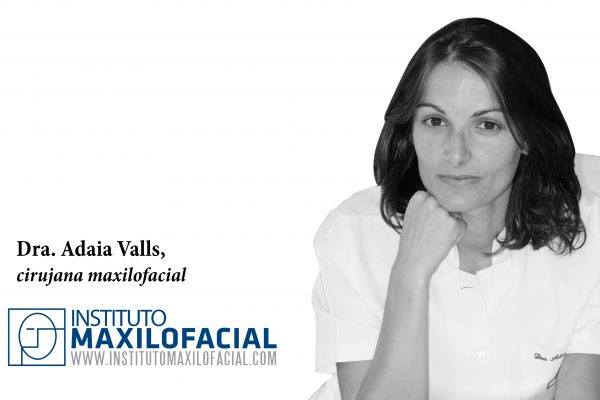There are maxillofacial injuries that require the immediate attention of a surgeon. One of the most frequent are facial injuries that must be intervened, except for those of a mild nature, within a few hours of occurring. Dr. Adaia Valls, maxillofacial surgeon of the Maxillofacial Institute, tells us today about this type of lesions ...
What kinds of facial injuries are you used to treating at the Maxillofacial Institute?
At the Institute we treat any facial trauma: from a simple dentoalveolar fracture (bone around the tooth), to panfacial fractures (multiple fractures of the bones of the face).
Depending on the characteristics of each fracture and patient, we decide the best therapeutic option, whether conservative or surgical.
What is the usual protocol that you apply to patients who visit you with some type of fracture or injury to the face?
Patients who come to the Institute to rule out or study a possible facial fracture are visited by a specialist in maxillofacial surgery.
After a detailed history and physical examination, a facial CT scan is usually performed, the best test to evaluate the bones of the face. In addition, taking into account that the facial structure is three-dimensional, the radiological examination we perform is also in 3D. In the Maxillofacial Institute we have introduced a special software that processes the radiological tests of the patient in three dimensions. The program, in addition to isolating facial trauma to be able to study it perfectly, allows virtual measurements and reconstructions to be made with pinpoint accuracy. With this, we increase the comfort and safety of the patient and guarantee the success of the results.
Explain some of the techniques you consider most innovative and effective for the treatment of facial injuries.
The 3D radiographic images allow both to diagnose facial injuries and to plan an eventual surgery. As I said, there are different softwares that help us to virtually plan surgeries. In this way, we can predict the surgical difficulties and the final results. In addition, if we connect our surgical planning to an intraoperative navigation system, this will allow us to find out intraoperatively that the surgical results are what we had planned.
However, despite the latest technological innovations, the most promising is the following. In the Maxillofacial Institute we have created a database of facial records: it is about obtaining from each patient facial records of their bone and soft tissues. Thus, patients with a potential risk of suffering a facial fracture already have a record that allows surgeons to know what their facial structure was like before the accident. This involves virtually planning surgery more rigorously and accurately, navigating more precisely during surgery and, finally, getting better results.
Related content:
Sports accidents and Maxillofacial Surgery
Craniofacial injuries: the dangerous consequence of e-scooter accidents








